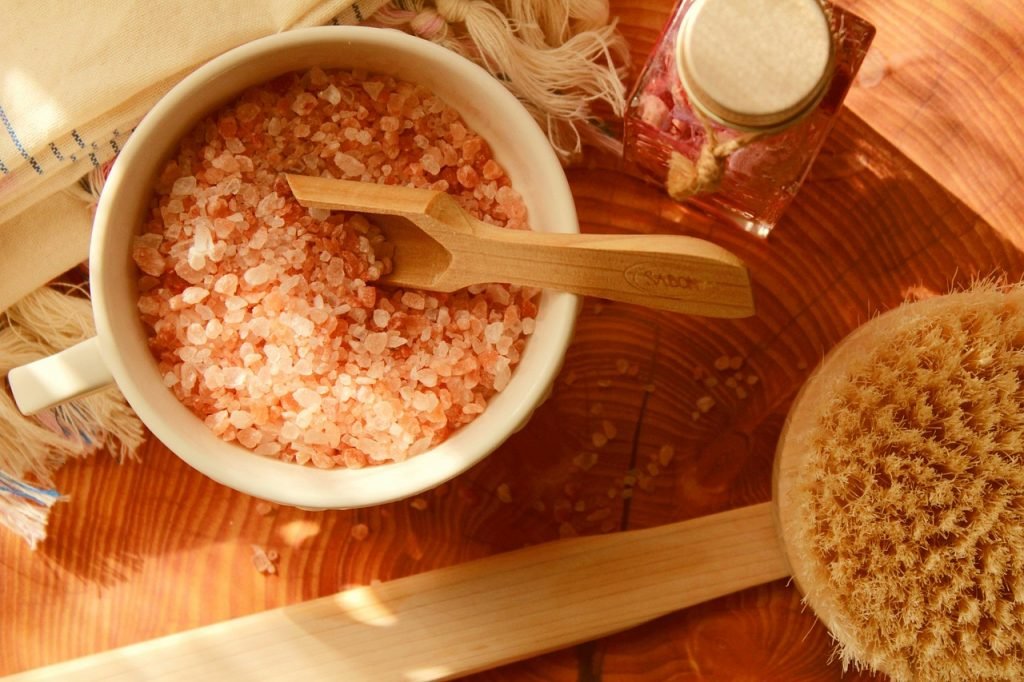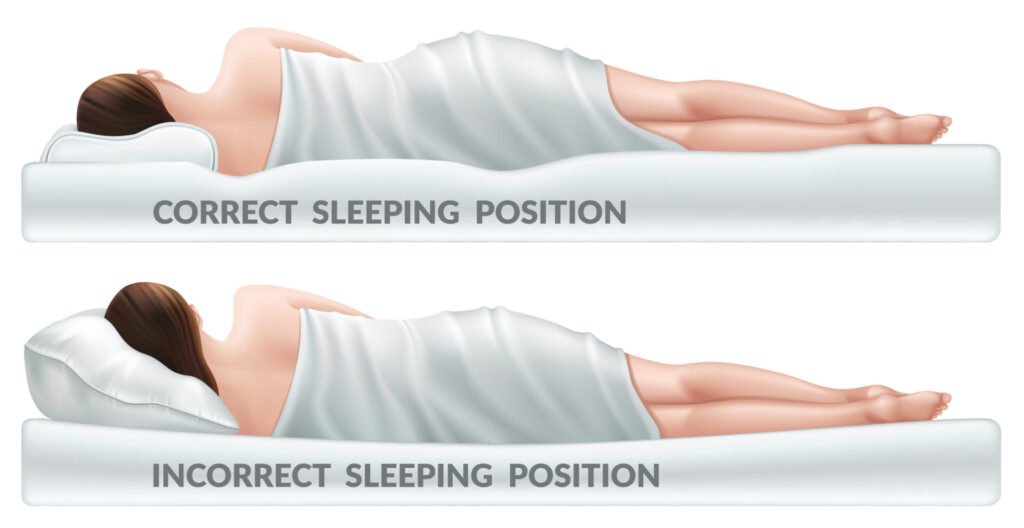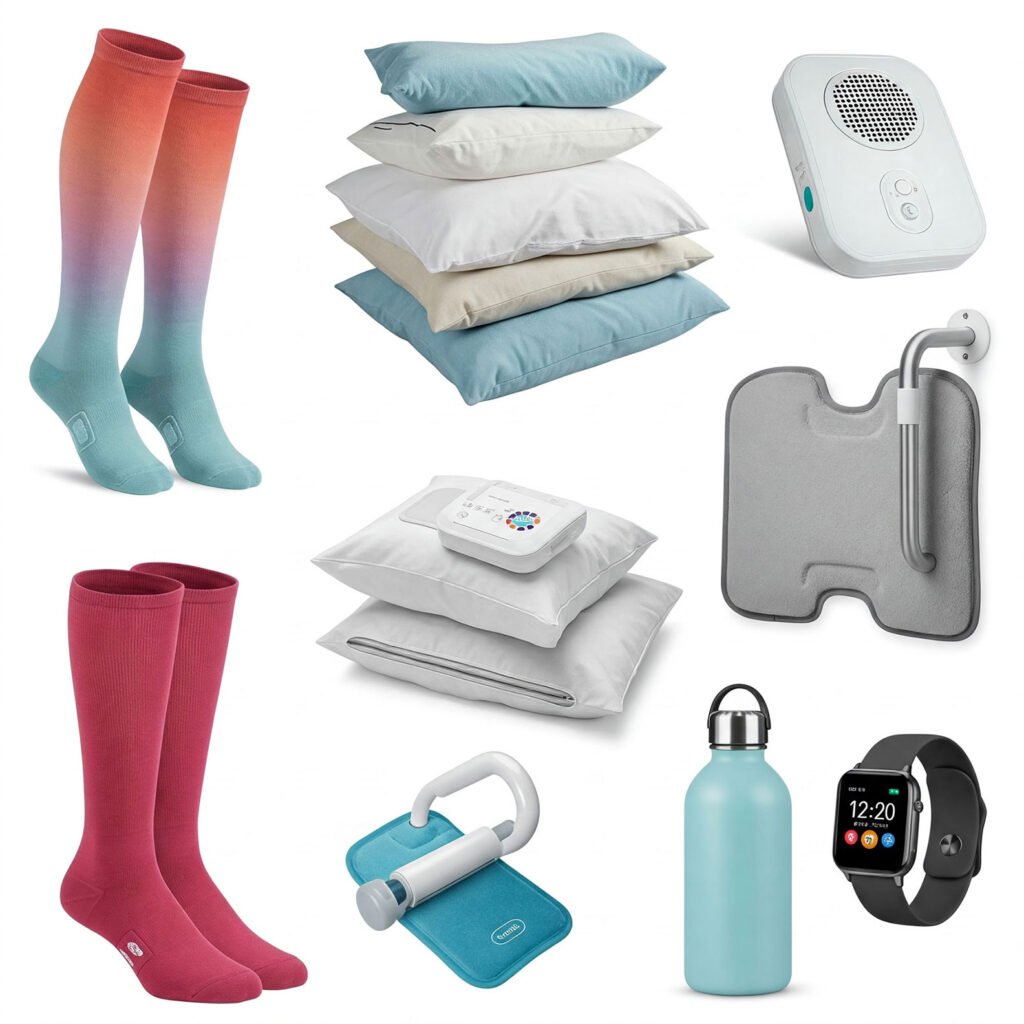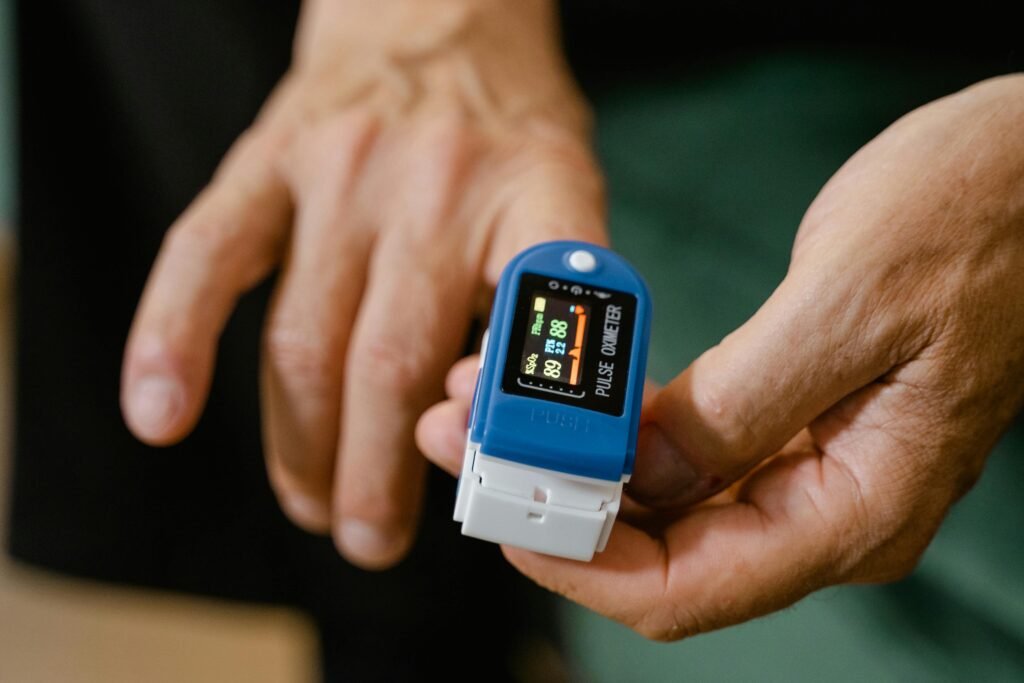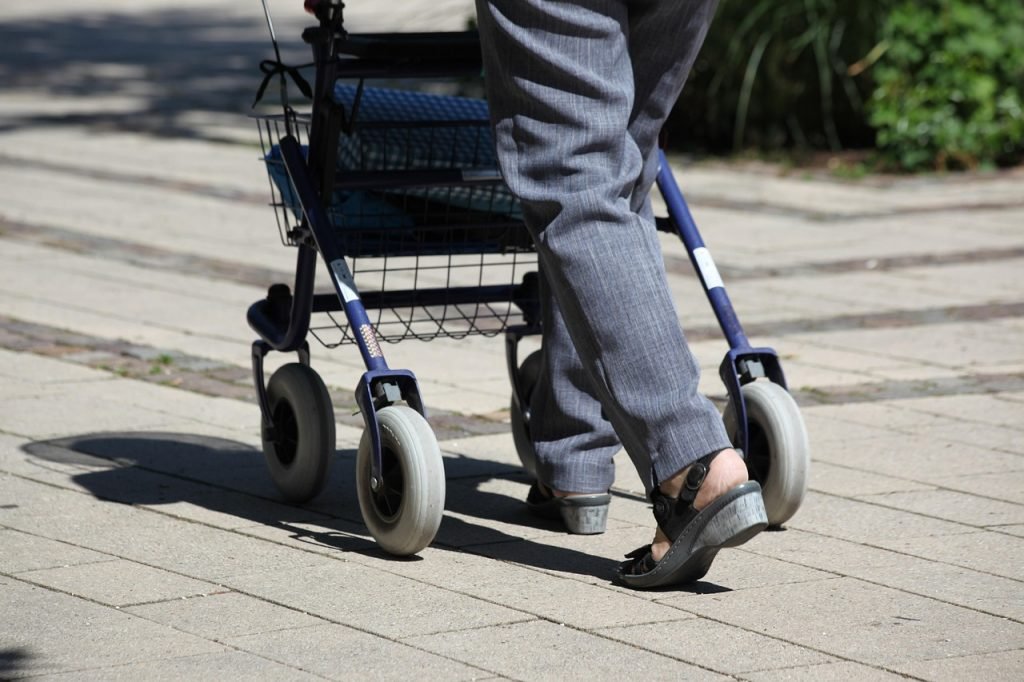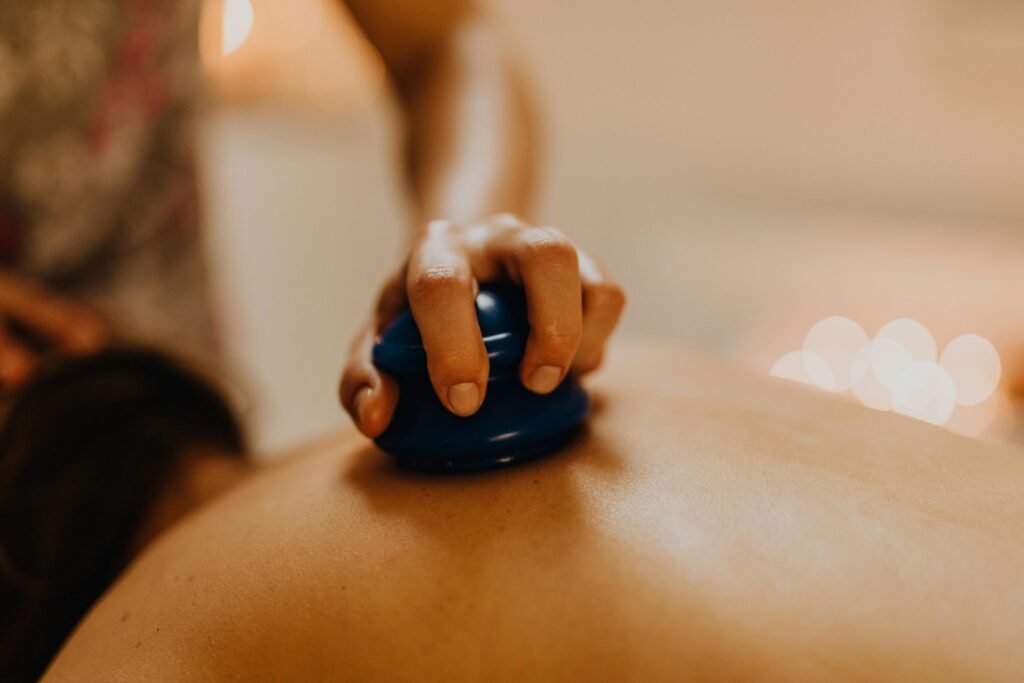Top Complementary Therapies for POTS and Dysautonomia | Natural Relief Beyond Medication
Living with Postural Orthostatic Tachycardia Syndrome (POTS) and dysautonomia often means navigating a complex web of symptoms—ranging from dizziness and fatigue to brain fog and heart palpitations. While primary medical therapies are essential, many patients find additional relief through complementary treatments that support the nervous system, reduce stress, and improve circulation. These therapies may not […]
Top Complementary Therapies for POTS and Dysautonomia | Natural Relief Beyond Medication Read More »

